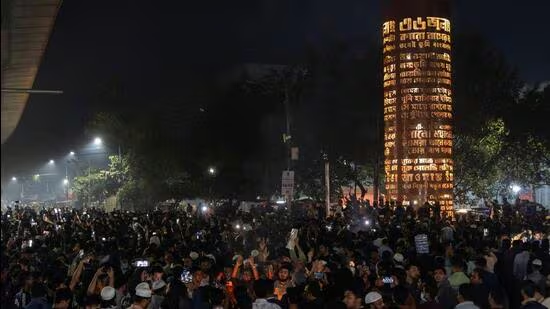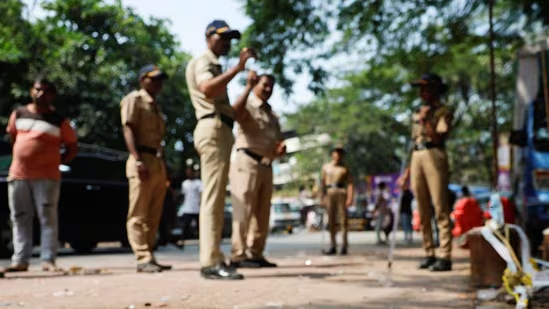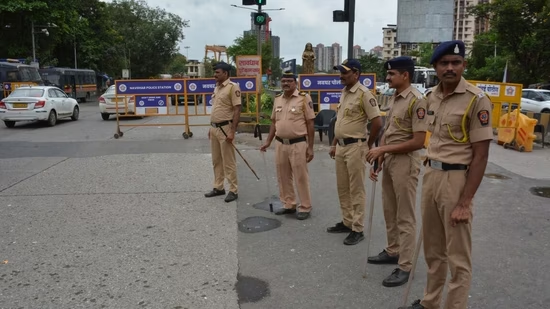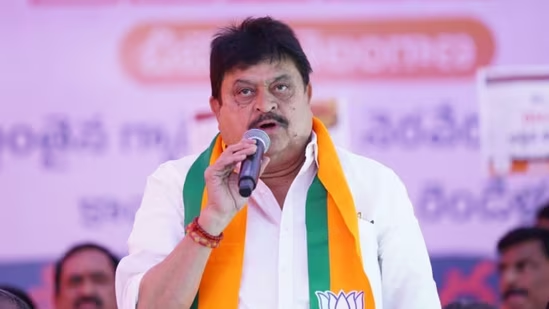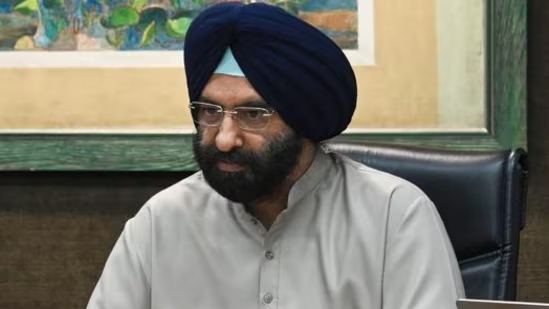In a surprising turn of events, the Bharatiya Janata Party (BJP), led by the charismatic Narendra Modi, failed to secure a simple majority in the 2024 Lok Sabha elections. Despite projections from pollsters and political analysts suggesting a strong mandate for the BJP, the party secured only 240 seats, falling short by 32 seats from the halfway mark. This result marked a significant decline from their 2019 performance, where they won 303 seats. The broader National Democratic Alliance (NDA), of which the BJP is a part, managed to win 293 seats. Conversely, the opposition coalition, India, performed better than expected, reshaping the political landscape of India.
Coalition Era Resurgence
The 2024 elections have signalled a return to coalition politics in India. The BJP, which had enjoyed a single-party majority, now finds itself relying heavily on its key allies, particularly the Janata Dal (United) led by Nitish Kumar and the Telugu Desam Party headed by N Chandrababu Naidu. This new dynamic demands careful negotiation and cooperation to ensure stable governance.
Analysing the Setback
One of the most intriguing aspects of this election is how Modi, a leader of significant popularity who had confidently predicted the BJP crossing 370 seats, could not lead his party past the majority threshold. This election serves as a compelling case study on how an ostensibly disunited and underprepared opposition could mount a substantial challenge to the ruling party.
Regional Dynamics and Electoral Shifts
The BJP had previously maximised its performance in the northern and western regions of India, securing 81% and 65% of the seats, respectively, in 2019. However, this strategy seemed to backfire in 2024 as the party faced considerable challenges and losses in several states, including Rajasthan, Madhya Pradesh, Chhattisgarh, Gujarat, Himachal Pradesh, Uttarakhand, Delhi, Bihar, Maharashtra, Karnataka, and Jharkhand. These losses can be attributed to the party reaching saturation points in these regions and the formidable opposition they faced.
Hoping to offset these anticipated losses, the BJP aimed to gain seats in the eastern states of West Bengal and Odisha, the southern states of Telangana and Andhra Pradesh, and the northern state of Uttar Pradesh. The inauguration of the Ram Mandir in Ayodhya was a key element of their strategy to attract votes. Additionally, Modi’s vigorous campaigning in Tamil Nadu and Kerala sought to open new avenues for the BJP in the southern political landscape.
A historical comparison
The BJP’s strategy in 2024 mirrored their approach in 2014, where they had similarly maximised their gains in the northern and western regions. In 2019, despite losing 34 seats (approximately 12% of their 2014 tally), the BJP compensated by gaining 55 seats in states like West Bengal, Odisha, Karnataka, Haryana, and Telangana.
Based on this trend, the BJP should have anticipated losing about 12% of their 303 seats in 2019, equating to around 37 seats, which could have been offset by gains in other states. Even in a worst-case scenario with no gains, they would have been close to a majority with 266 seats. However, the BJP’s actual performance saw a net decline of 86 seats, significantly more than the expected 37. This deviation from the trend highlighted the party’s failure to secure anticipated gains and underscored their losses in key states.
Regional Losses and Gains
The BJP experienced varied results across different states. They won 12 seats in Odisha, four in Telangana, and three in Andhra Pradesh, leveraging their alliances and the political landscape in these states. However, significant losses in other regions proved detrimental. The party lost 29 seats in Uttar Pradesh, including the critical Ayodhya seat. In West Bengal, they lost six seats to a resilient Mamata Banerjee, and in Haryana, five seats were lost due to discontent among the Jat community. Bihar saw a loss of five seats due to a rejuvenated opposition, while in Maharashtra, the BJP lost 14 seats, a consequence of their controversial political maneuvers. Rajasthan, Karnataka, and Jharkhand also saw notable losses due to local political dynamics and policy impacts.
Vote Share Dynamics
The BJP’s vote share saw a significant decline in several states, including Uttar Pradesh, Haryana, Jharkhand, Karnataka, Manipur, and Rajasthan, with losses exceeding 5%. Conversely, they gained a vote share in Telangana and Andhra Pradesh. In Uttar Pradesh, a critical battleground, the BJP’s share of seats fell from 25% in 2014 to just 14% in 2024. Maintaining their 2019 tally in Uttar Pradesh alone could have significantly altered their overall performance, potentially bringing them within three seats of a majority.
The BJP vs. Congress: Changing Fortunes
The direct contests between the BJP and Congress also played a crucial role in the election outcome. In 2019, the BJP had an impressive strike rate of 92% in these contests, winning 175 out of 190 seats. However, in 2024, the number of direct contests increased to 215, primarily in states like Uttar Pradesh, Telangana, and Maharashtra. The BJP’s strike rate fell to 71%, winning 153 seats, while the Congress improved its tally significantly, winning 62 seats, a notable increase from their previous 15.
This shift had a direct impact on the overall results, with the Congress nearly doubling its seat count to 99, contributing to the BJP’s failure to achieve a majority.
Conclusion
The 2024 Lok Sabha elections have reshaped India’s political landscape, marking a return to coalition politics and challenging the dominance of the BJP. The results reflect the complexities of regional dynamics, the strategic missteps of the BJP, and the resilience of the opposition. As India moves forward, the emphasis on coalition-building and political alliances will be crucial in shaping the nation’s governance and policy direction.







